Review
Maxus has an uphill task ahead of it with its new eDeliver 7, a medium-sized electric van that’s going head to head with the popular Vauxhall Vivaro Electric (and its Stellantis cousins, the Citroen e-Dispatch, Peugeot E-Expert and Fiat E-Scudo) and the new Ford E-Transit Custom. There’s also the Renault Trafic E-Tech, Volkswagen e-Transporter, Mercedes e-Vito, Toyota Proace Electric and even the Volkswagen ID Buzz. It’s going to have to offer something special to overcome the unstoppable force of the mainstream manufacturers.
It starts by offering a choice of battery packs, although the difference between them is minimal. A 77kWh pack is good for up to 200 miles of range, according to WLTP figures and dependent on spec, while the larger 88kWh option extends that to as far as 230 miles. However, unscientific testing of a van without a load in the back saw it return a range of just 116 miles thanks to efficiency of 1.16 miles per kWh. With charging rates of up to 90kW, it’ll top up from 20-80% in around 40 minutes.
An eco-driving mode works to extract as much range as possible, limiting the power available and restricting the van to 55mph, although it doesn’t do much for the minimal brake regeneration — we feel it’s missing a trick there, letting free energy go to waste.
Normal mode is the default state, while Power allows access to all 204hp provided by the electric motor that it shares with the Maxus T90EV electric pickup. It provides decent performance, accelerating the van from a standstill to 62mph in 11.0 seconds, when empty. That’s faster than a Vivaro Electric but slower than a Trafic E-Tech.
It’s enough to perform well in town, with light steering and good visibility enabling you to zip around tight urban streets with ease. The suspension is quite firm, though, especially on rougher roads, which can make progress a little tiring.
As can the incessant bings, bongs and alerts as you drive. The eDeliver 7 is loaded with safety tech, including automatic emergency braking, blind spot warning, lane departure warning, traffic sign recognition, parking sensors, and a reversing camera, but it’s often far too intrusive, leaving you searching the infotainment system for ways to turn it all off, defeating the point a little.
The infotainment screen is a good size, at 12.3 inches, with a clear interface. That said, many functions are hidden behind multiple menus, making it tricky to operate on the move. Connectivity options include Android Auto and Apple CarPlay, so you can simply plug your phone in and use the navigation and streaming services you’re used to instead.
Surprisingly, there are a pair of traditional analogue dials in front of the driver and a digital display between them for essential information. The display is clear and doesn’t rely on overly complicated graphics to convey messages.
It’s all very car-like, with a delightful minimalist style to the cab. A horizontal theme runs across the dashboard, housing physical and touch controls in addition to the infotainment system and steering wheel-mounted controls. The gear selector has been moved to a column stalk, freeing up valuable knee space for the middle passenger, while the hand brake is now an electric switch mounted to the far right of the dashboard by the door.
Opening the doors to the back of the van — there’s a single sliding door on the left of the van and double rear doors opening to 180 degrees — reveals a more conventional load area. The two body lengths (L1 and L2) offer a cargo volume of 6.05 or 6.7m3, respectively, while a high-roof option expands that to as much as 8.7m3. The van boasts a higher payload capacity than any of its rivals currently on sale, with the L1H1 77kWh model carrying up to 1,200kg. As size and battery weight increase, payload drops to 1025kg, still surpassing the Vivaro’s 1,001kg limit.
There’s just one trim level, but it comes well equipped, with everything you expect to find on vans from Ford or Vauxhall, such as air conditioning, Android Auto and Apple CarPlay connectivity, automatic wipers and lights, and a dual passenger bench seat with under-seat storage. Maxus also includes heated seats and steering wheel — a more efficient way to heat the driver than using valuable energy to heat all the air in the cab.
The class-leading payload and large battery pack come at a price, though, with the eDeliver 7 starting at just under £45,000 before taxes and fees. That’s more than the Vauxhall Vivaro Electric, Ford E-Transit Custom and Renault Trafic E-Tech. It’s also considerably more than MAxus’ new eDeliver 5, a slightly smaller van that can still carry a tonne of cargo.




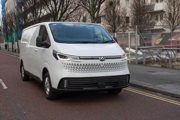
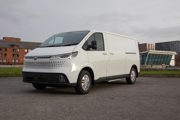

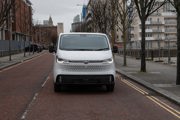
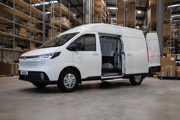
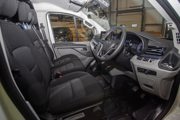
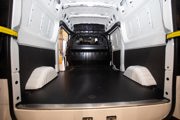
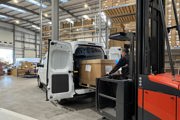

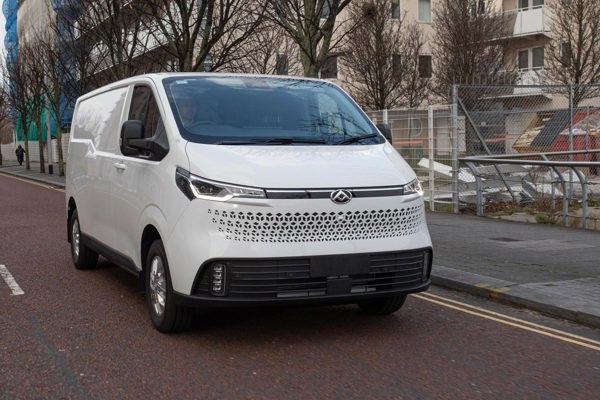
 Diesel
Diesel
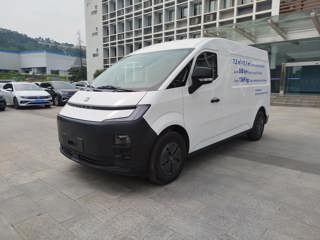
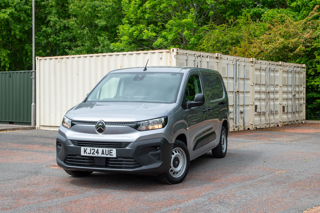

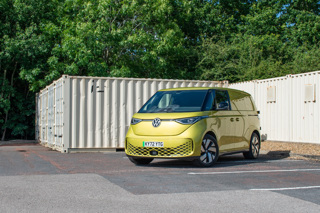













Login to comment
Comments
No comments have been made yet.